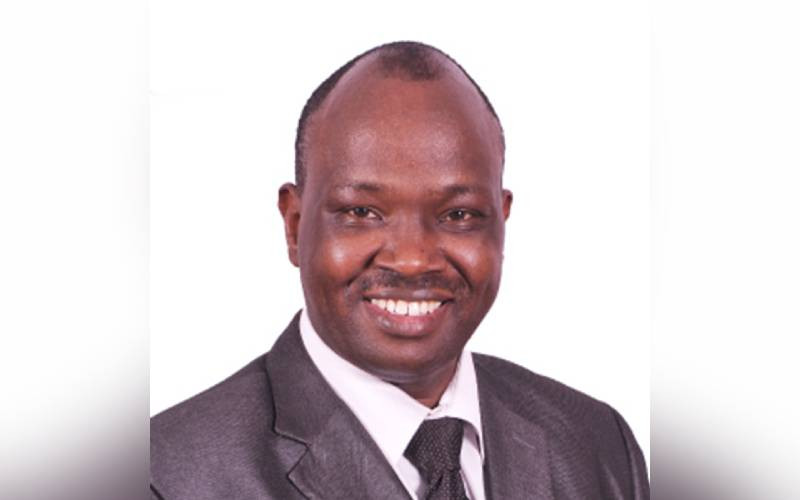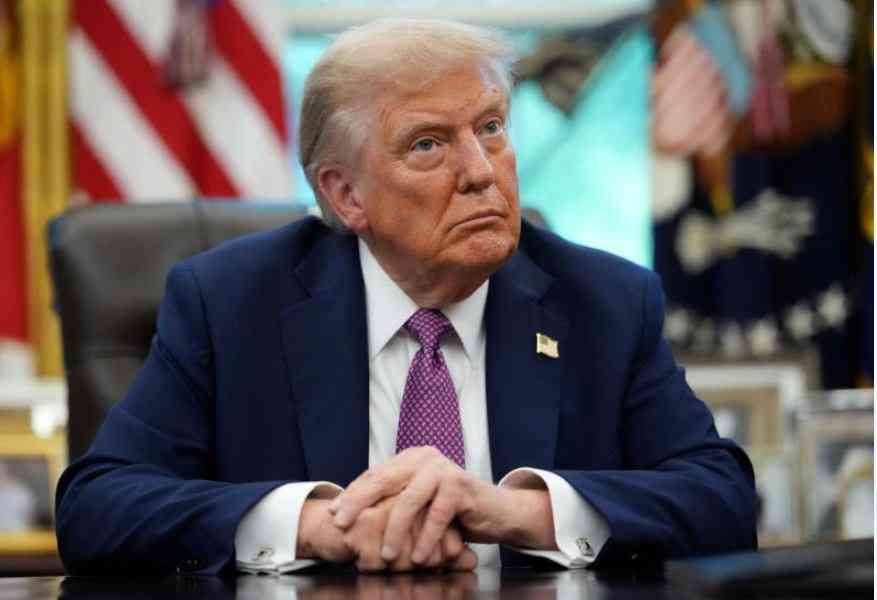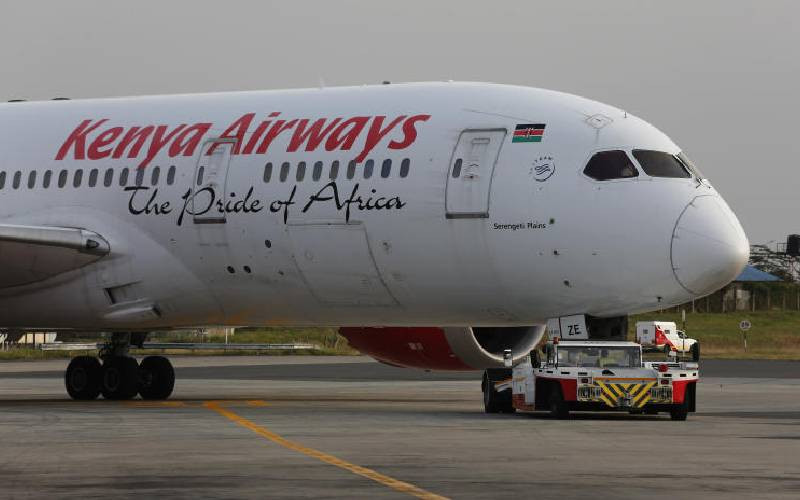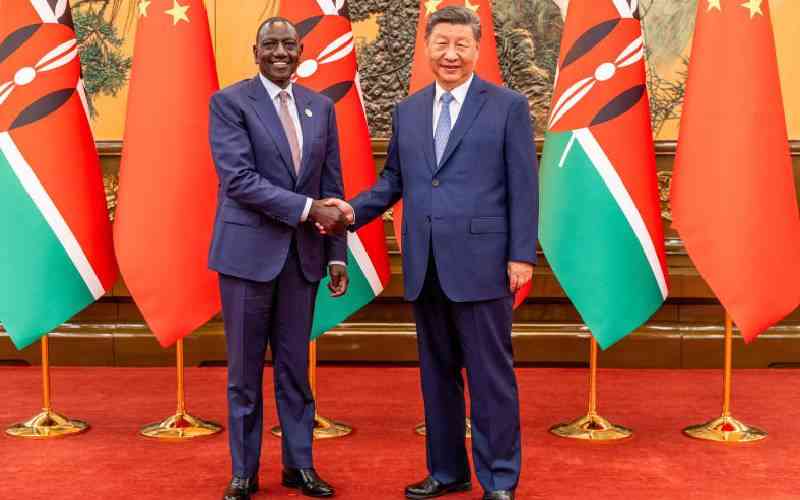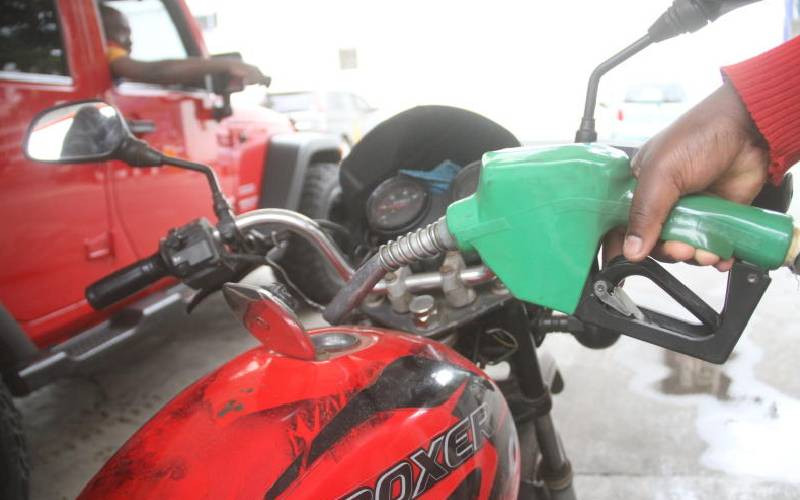×
The Standard e-Paper
Smart Minds Choose Us

The local automotive sector appears set for a radical shift, with the transition from the fossil fired engine motor vehicles to electric ones gathering momentum.
But then, players will have to contend with the high initial cost of owning electric vehicles (EVs), unstable electricity supply and the high cost of power.
